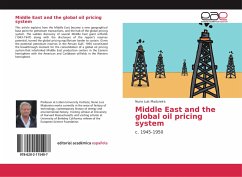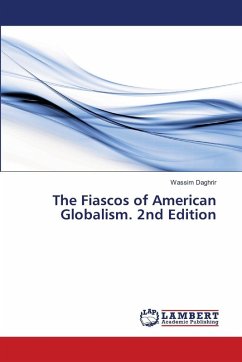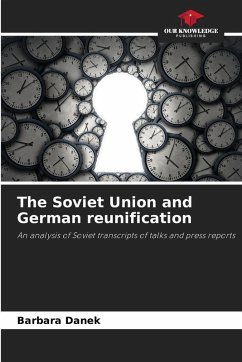
Middle East and the global oil pricing system
c. 1945-1950
Versandkostenfrei!
Versandfertig in 6-10 Tagen
18,99 €
inkl. MwSt.

PAYBACK Punkte
9 °P sammeln!
This article explains how the Middle East became a new geographical base point for petroleum transactions, and the hub of the global pricing system. The sudden discovery of several Middle East giant oilfields (1943-1947) along with the disclosure of the region's reserves potential, turned the global pricing equilibrium harder to sustain. Given the potential petroleum reserves in the Persian Gulf, 1950 constituted the breakthrough moment for the consolidation of a global oil pricing system that interlinked Middle East production centers in the Eastern hemisphere with the American and Caribbean ...
This article explains how the Middle East became a new geographical base point for petroleum transactions, and the hub of the global pricing system. The sudden discovery of several Middle East giant oilfields (1943-1947) along with the disclosure of the region's reserves potential, turned the global pricing equilibrium harder to sustain. Given the potential petroleum reserves in the Persian Gulf, 1950 constituted the breakthrough moment for the consolidation of a global oil pricing system that interlinked Middle East production centers in the Eastern hemisphere with the American and Caribbean oilfields in the Western hemisphere.












